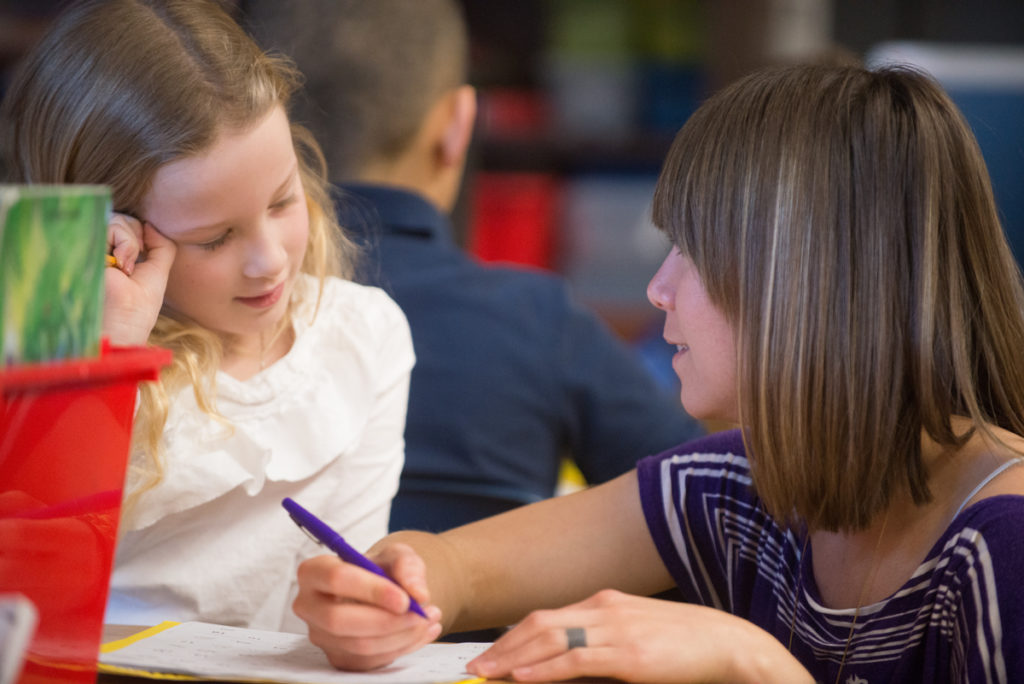
Reflection and goal-setting are often a focus for adults in January, when the beginning of a new calendar year prompts us to think about what we’ve accomplished and what we hope to do next. You can bring this reflective, purposeful energy into your classroom by having your students revisit the hopes and dreams they chose at the beginning of the year.
Individual hopes and dreams (referred to as SMART goals in middle school) are the foundation of the Responsive Classroom approach to creating classroom rules. As school starts, every member of the community reflects on what he or she wishes to accomplish in school that year. Then, with these hopes and goals in mind, the class works together to create rules for the community that will help everyone meet their goals. (Learn more about this approach to rule-making by checking out the book Rules in School.)
If your students set hopes and dreams at the beginning of the year, now is a great time to revisit them in a structured way. There are lots of ways to do this. In general, whatever activities you do should help students focus on answering these questions:
Children’s books can be a great vehicle for starting conversations about setting and working on accomplishing hopes and goals. Here are some suggestions:
More Than Anything Else by Marie Bradby, illustrated by Chris Soentpiet. This book tells the fictionalized story of Booker T. Washington who, “more than anything else,” wanted to and did learn to read. Use this sentence frame to have students revisit hopes and dreams or make New Year’s resolutions: “More than anything else, I want to _________ for the rest of this school year.”
Rare Treasure: Mary Anning and Her Remarkable Discoveries by Don Brown. This is the true story of Mary Anning, an English girl who discovered dinosaur bones at the age of 11 and went on to be a paleontologist at a time when few women were even scientists. You could use this book to have students reflect upon what has been (or could be) difficult for them in achieving their hope and dream, and to think about how they might overcome those difficulties in the new year.
Superdog: The Heart of a Hero by Caralyn Buehner, illustrated by Mark Buehner. Dexter, a dachshund, dreams of being a superhero and doing heroic things. To do so, he undertakes a fierce exercise regimen, orders a costume, and more. As Dexter does in the book, your students could think not only about their resolutions, but about the steps they will take to accomplish them, and about what it will be like once they have done so.
The Tin Forest by Helen Ward, illustrated by Wayne Anderson. The main character, a graceful old man, lives in a depressing “tin forest” of scrap metal, garbage, and junk. He sets about to clean the place up and plants a light bulb that begins to transform his environment to a place of beauty. This book can be used to encourage children to think of their hopes and dreams and New Year’s resolutions as things that will bring beauty to their classroom for the remainder of the year.
Margaret Berry Wilson is the author of several books, including: The Language of Learning, Doing Science in Morning Meeting (coauthored with Lara Webb), Interactive Modeling, and Teasing, Tattling, Defiance & More.